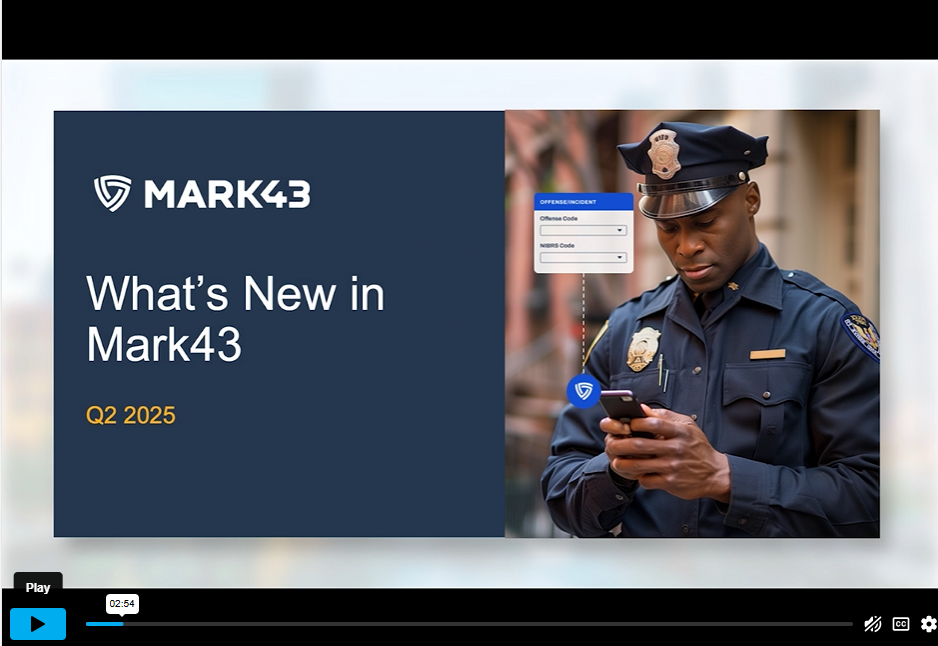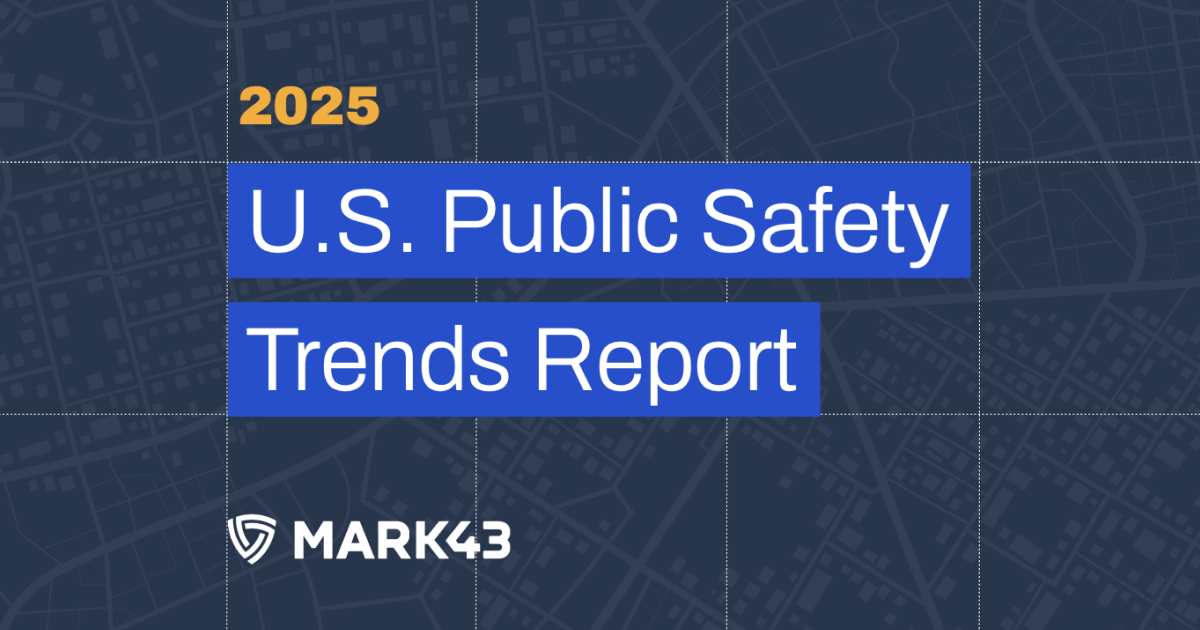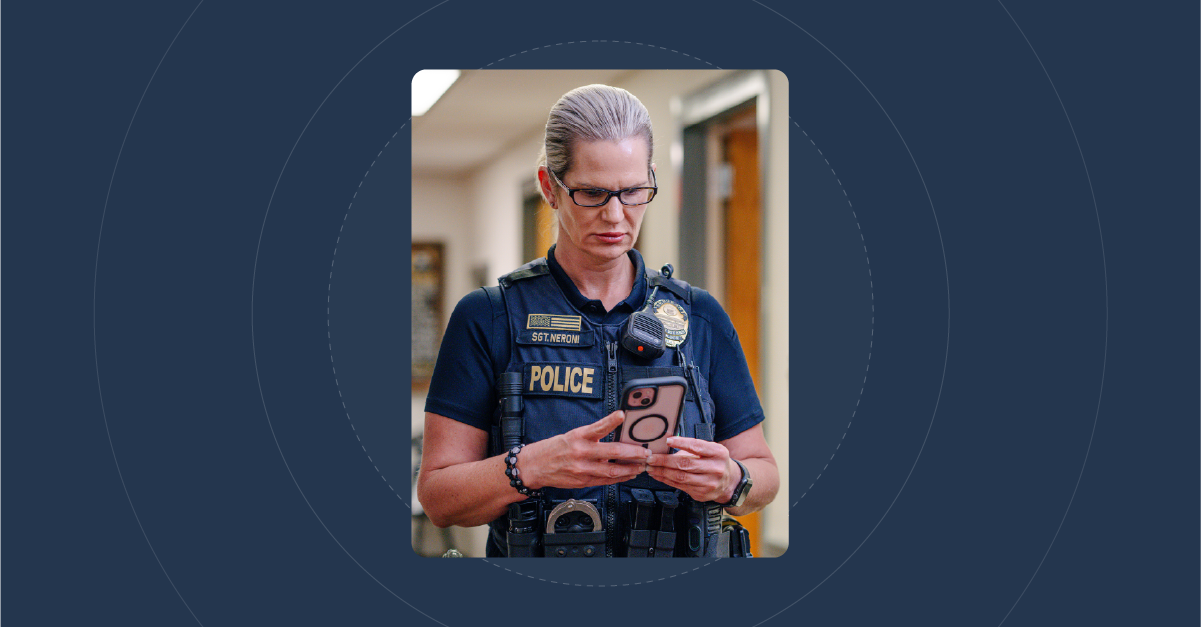
Just a few months ago, authorities arrested a pair of elusive sex offenders who had been abducting young girls from city parks and assaulting them – across multiple jurisdictions – for nearly a decade. In this case, U.S. Marshals were able to zero in on a shortlist of suspects after analyzing National Incident-Based Reporting System (NIBRS) data encompassing similar crimes across adjacent jurisdictions where the sex and race of the culprits were the same. The shortlist got a lot shorter when detectives adjusted for the passage of time and used the estimated age from each incident record to come up with approximate birth dates for the couple.
This information revealed the string of crimes could have easily been committed by the same people, and clearly exposed the path they’d taken over time. Pulled together with the specific observations reported by their victims, as gathered and recorded by police, and cross-referenced against National Crime Information Center (NCIC) data, the suspects were identified, caught, and convicted. It may not be every day that statistical crime data helps catch a predator, but it is everyday data reporting that makes these kinds of successes possible.
Every incident report entered in your Records Management System (RMS) that makes its way to the FBI’s UCR database enhances the richness of crime data at the jurisdiction, state, and national levels. Collated and analyzed properly, the resulting data reflects what members of the law enforcement community are seeing on the ground day-to-day. This makes it possible for investigators to leverage the perspective of hundreds of officers at once – which is sometimes what it takes to get a predator off the streets.
“It may not be every day that statistical crime data helps catch a predator, but it is everyday data reporting that makes these kinds of successes possible.”
Crime data also supports better policy decisions that help officers do their job and protect innocent people. For example, when the data reveals that the peak ages for childhood victims of sexual abuse is 4 for boys and 13 for girls, jurisdictions can use these statistics to change how cases are investigated; leading to earlier detection, intervention, and potentially significant policy changes.
Because accurate data can reflect a high-level view of what law enforcers are seeing on the street, policy makers can direct resources where they are needed most. Then officers can benefit from specialized training in both known and emerging crime trends, such as active shooters and the opioid epidemic. Or even how to more quickly recognize human trafficking (which the FBI added to the NIBRS crime definitions in 2013.)
It won’t be every day that data closes a case like it did for the U.S. Marshals nabbing the sex offenders in the park, and sometimes it’s hard to see the relationship between your day-to-day reporting and what is eventually done with all those details. But consistent, regular incident reporting by officers and records staff through RMS systems are part of the ongoing work that is intended to strengthen law enforcement and keep the population safe.
Del Khalife is the Business Development Manager at Beyond 20/20, an organization that develops software to help states collect crime data. Beyond 20/20 NIBRS/UCR analysis and visualization tools are used across the U.S. to make vast amounts of crime data more accessible and easier to work with.








